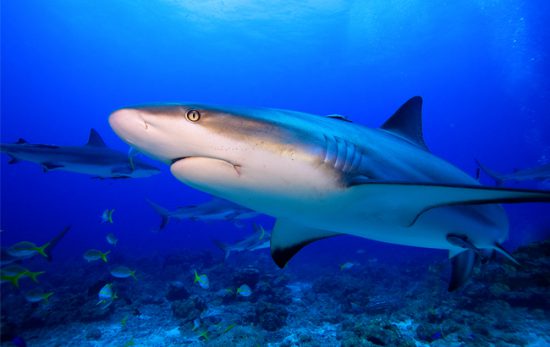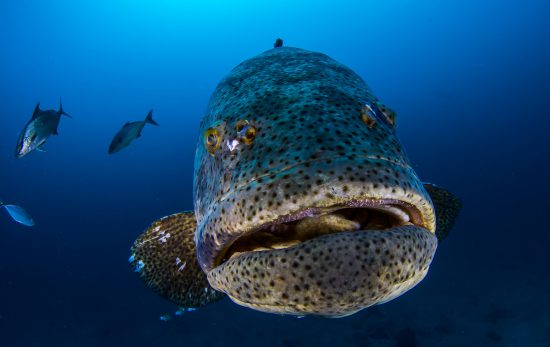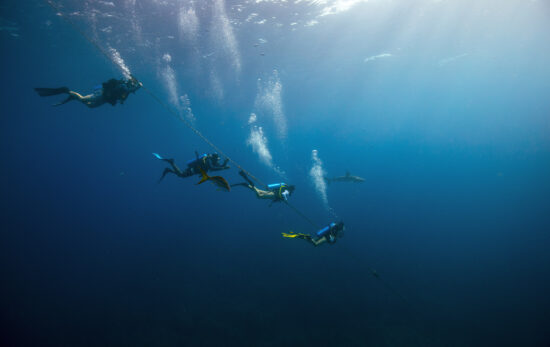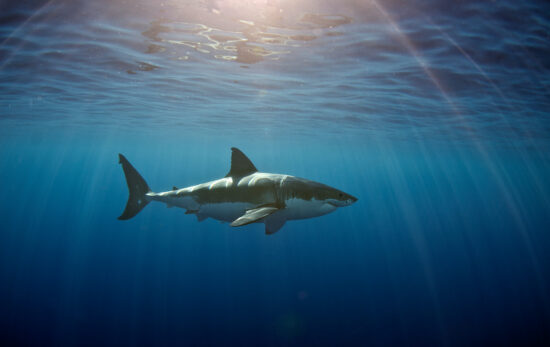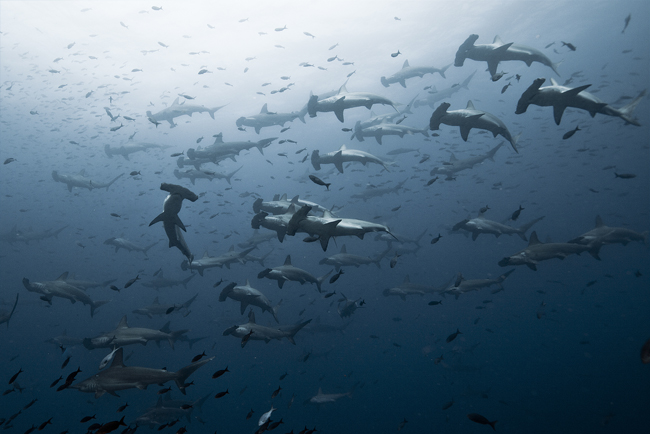
Tell us a little bit about yourself and your photography
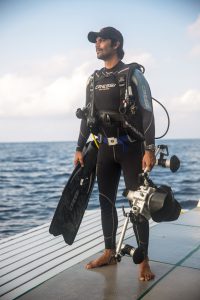
My name is Sumer Verma, and I am an underwater photographer from India. I started out as a dive instructor but soon became fascinated with underwater photography and have been doing it for the past 15 years. I find underwater photography to be exhilarating and absorbing on so many levels and am never bored on a dive, even if it’s a site I have dived many times. Every time you go out the sea offers you different opportunities and challenges and it is always rewarding to look at your images at the end of a diving day. Diving with sharks is one of the most exciting things one can do, I can think of very few activities that inspire more awe or wonder than watching these graceful and perfect beings swimming freely in their glorious ocean habitat. Today we live in a world where upwards of 75 million sharks are killed each year to satiate a demand for their fins that go into soup, this mind boggling fact deeply disturbs me, and I am motivated to work with like minded individuals and organisations to try to change peoples perspective about these amazing animals and help protect them. As, if the sharks disappear, so will we.
Often in the media, sharks can be portrayed as mindless man-eaters, have you found this to be true?
Nothing could be further from the truth than that and I am continually surprised that, despite all the amazing interactions divers have with sharks in the wild, people still think this way. I have found sharks, as I have found all beings from the ocean, to be curious of our presence but never aggressive and certainly not thinking of us as food let alone mindless man-eaters .
When filming sharks is there anything you always have to remember?
Despite having said what I have above, I will also say that these are still wild animals and can be unpredictable at times, especially certain species such as the oceanic white tips, great whites and bull sharks. So, when filming these guys and sharks in general, it’s best to always have a buddy that has eyes on you to make sure that you’re not taken by surprise by them and to watch to see if their behaviour is getting aggressive, under such circumstances it’s then best to get out of the water.
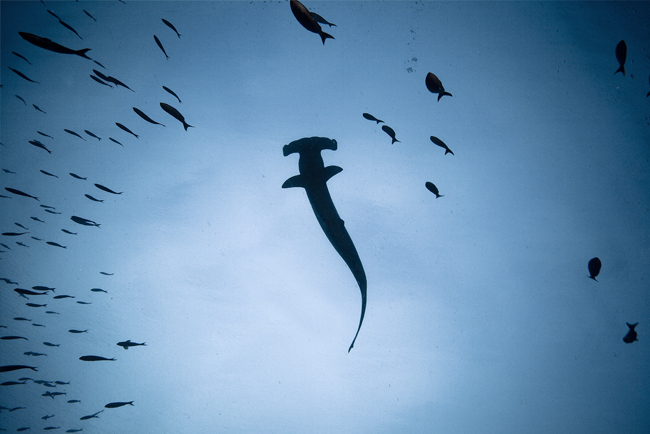
What generally happens on a shoot with sharks?
Again, this depends on the species and where you’re diving. As for as my interactions with hammerhead sharks in Galapagos, what I found was that they kept swimming away from me especially every time I exhaled, or made any movement towards them. So finally I anticipated which way they would go and managed to get the entire school to swim right over me. It was exhilarating and breathtaking at the same time. They are such bizarre yet awe-inspiring looking sharks.
Is there any specialist equipment you need to dive with?
When diving with great whites, unless you’re with a real expert who knows what they’re doing, I would recommend diving in a cage, I have seen divers in the Bahamas wearing metal shark suits as well in some of the famous dive sites where they feed tiger and bull sharks, probably a good idea too under such circumstances. Most importantly, give sharks the respect they deserve, never chase them or have jerky movements in the water when you’re diving with them and you will come away in awe of their strength and beauty.
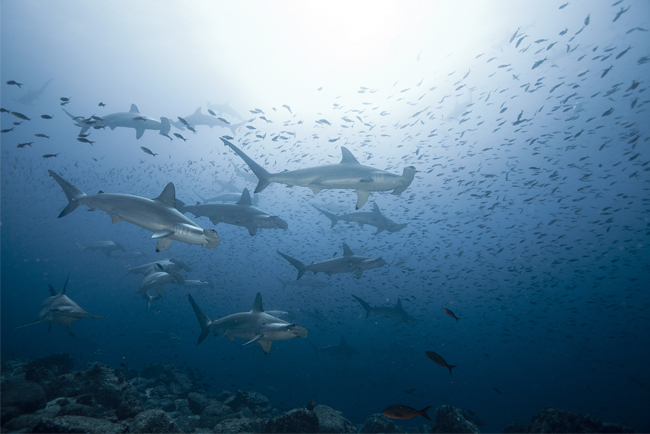
Have you had any unforgettable experiences?
Before my visit to the Galapagos Islands I had dived primarily in the Indian ocean and had interacted with white tip, black tip and reef sharks for the most part, and in small numbers. So, for me, my interactions with giant schools of hammerhead sharks in the cold waters of the Galapagos Islands was definitely an unforgettable experience. I feel so lucky to have been able to get the footage and images that I did on that trip; a truly special encounter that I will never forget.
You can find more of Sumer’s work in his Instagram and Facebook pages.
If this post has inspired you to pick up a camera and head underwater, then why not check out our Digital Underwater Photographer specialty?
